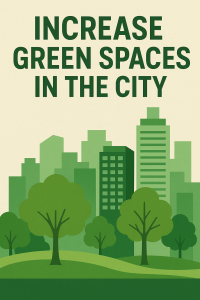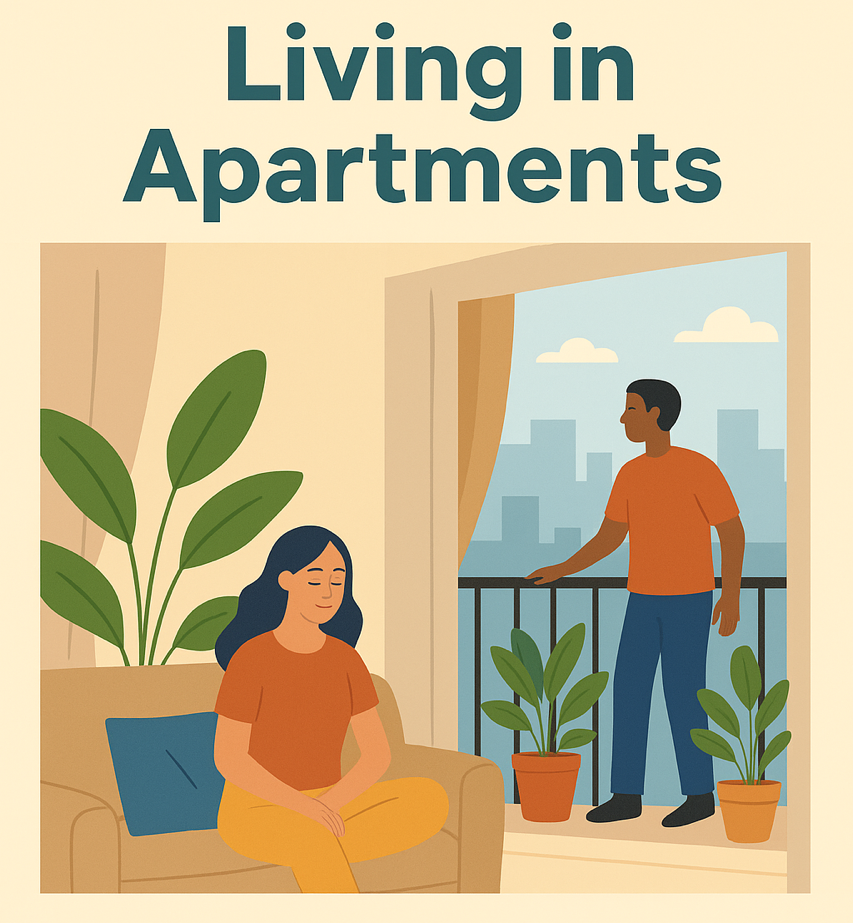
Expanding Green Spaces in Cities: A Step Toward Healthier Urban Living
Introduction
Urban green spaces are among the most important environmental and structural elements of a city, playing a key role in enhancing the quality of life for citizens. Expanding green areas not only improves environmental conditions but also directly impacts public health, reduces air pollution, and increases social vitality. In recent years, many cities have sought innovative solutions to expand green spaces and move toward sustainable and healthier urban living.
1. Creating New Parks and Gardens
Building parks and public gardens across different neighborhoods is one of the primary methods of increasing urban green space. These areas serve as spaces for relaxation, sports, social interaction, and family recreation. Equal access to parks throughout the city not only helps reduce stress but also fosters a stronger sense of community and belonging among residents.
2. Planting Trees Along City Streets
Planting trees in streets, boulevards, and sidewalks enhances the beauty of urban landscapes while significantly reducing air pollution, producing oxygen, and lowering urban heat. Tree shade provides thermal comfort for pedestrians and adds aesthetic appeal to city pathways.
3. Green Roofs
One of the most effective innovations in urban greening is the use of green roofs—covering building rooftops with plants. Green roofs expand greenery in dense urban areas, reduce building temperatures, lower energy consumption, manage stormwater, and improve air quality. For cities with limited land, this approach is a smart and sustainable solution.
4. Green Walls
Green walls, or plant-covered facades, not only beautify urban environments but also help improve air quality and reduce noise pollution. They can be installed on building facades, metro or bus stations, and public areas, adding vibrancy and aesthetic charm to the city.
Conclusion
Expanding green spaces in cities is not merely about beautification; it is a key strategy for achieving sustainable urban development. Creating new parks and gardens, planting trees along streets, and adopting green roofs and walls are all practical measures that can improve citizens’ quality of life while fostering a healthier, more vibrant, and sustainable city for future generations.




